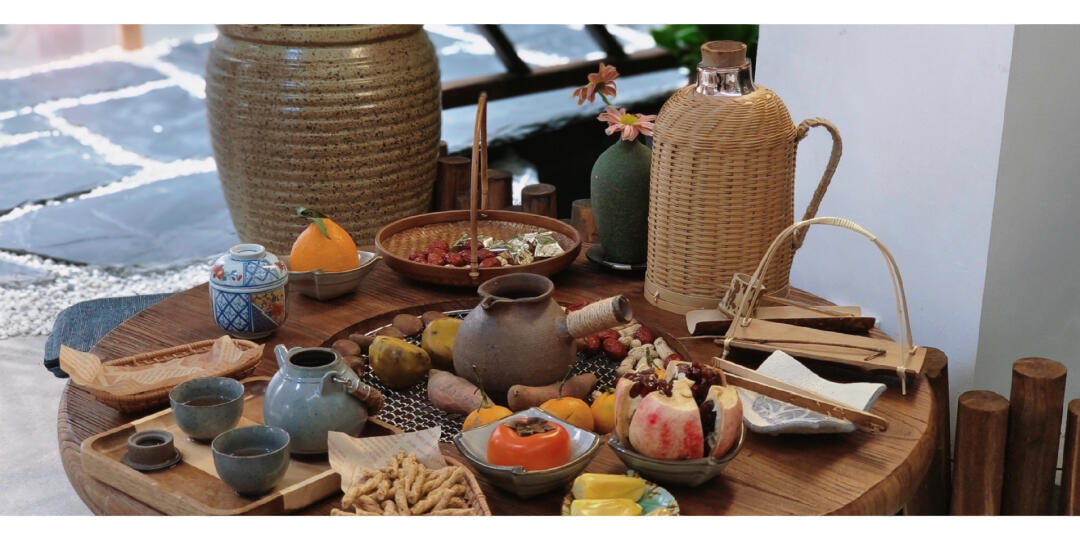Three or two friends, sitting around the fire,
"Leisure cooking" life, slow-cooking tea,
The Origin of "Cooking Tea by the Fire"
"Cooking tea by the fire" is a popular way of leisure nowadays. It originates from Yunnan's intangible cultural heritage "firetang roasted tea", also known as "rice roasted tea". The actual method is to use the fire in the fire pit for boiling water or cooking rice in the house. First, place the earthenware pot in the fire pit to bake, then roast the rice until fragrant, and roast the tea until fragrant. The current "tea making around the stove" replaces the fire pit with a charcoal stove. The tea can include black tea, fruit tea, milk tea, etc. In addition, you can also roast chestnuts and other snacks.

"Cooking tea around the stove" originated from the great and excellent tea culture of the Chinese nation. "Tea drinkers are the best trees in the south." As the origin of tea trees, China is the first country in the world to grow, make and drink tea. In 2022, "Traditional Chinese Tea Making and Related Customs" will be officially included in the UNESCO list. Organize an intangible cultural heritage list and become China’s 43rd “world-class intangible cultural heritage”.

"Shen Nong's Materia Medica" mentions: "Shen Nong tasted hundreds of herbs and encountered seventy-two poisons every day, and got tea to relieve them." In human history, Shennong was the first to discover the functions of tea. Modern scientific research has found that tea contains catechins, cholesterolenone, caffeine, inositol, folic acid, pantothenic acid and other ingredients, which have the effects of refreshing the brain, diuresis and swelling, protecting cardiovascular systems, and improving gastrointestinal function.

According to legend, a Zen master traveled to famous mountains and rivers, accepted donations from believers, and finally built a magnificent temple in the mountains. One night, a fire suddenly burned down the temple. The next day, when the worried believers rushed to the mountains, they found the Zen master sitting peacefully beside the ruins, making tea with incompletely burned charcoal. The believers were moved by the Zen master's calm, peaceful and solemn appearance, and sat down around the Zen master and the tea stove. The Zen master just said lightly: "After drinking tea, let's do something!"










